The municipal landfill is turning Bishkek into the most toxic city on Earth.
74°35’13.475″E 42°58’05.700″N
Next to Bishkek is the largest municipal landfill, which has been burning for many years. Due to the spontaneous combustion of waste, dioxins are released into the air, and the garbage decomposes, emitting harmful gases and leachate consisting of a mixture of toxic substances, all of which seep into the groundwater. Sometimes there are raging fires, and sometimes it smolders quietly. However, residents of nearby villages assure that every evening a dense, acrid fog descends upon the area. The inhabitants of the landfill are not the only ones in danger; residents of the northern part of Bishkek are also at risk. The polluted toxic air generated by the landfill spreads throughout the surrounding area for several kilometers.
The active city landfill opened back in Soviet times and was designed for a specific amount of waste, whereas now the landfill holds dozens of times more than it should. Environmentalists believe that the active landfill threatens not only the health and safety of residents in nearby residential areas but also the entire capital and its surroundings. After all, not only the vast territories around are subjected to pollution, but also the groundwater. Meanwhile, just five hundred meters from the landfill flows a river that feeds reservoirs, which are part of the local irrigation system.
In other words, harmful substances accumulated at the landfill eventually end up on farmers' fields, and the products from these fields later appear on store shelves. It has long been known that burning household waste releases neurotoxins and carcinogens into the air, such as hydrogen sulfide, sulfur dioxide, phenol, and methyl mercaptan, which can cause serious illnesses. Residents of nearby settlements have been pleading for years to save their health, but in response, they only hear promises.
Next to Bishkek is the largest municipal landfill, which has been burning for many years. Due to the spontaneous combustion of waste, dioxins are released into the air, and the garbage decomposes, emitting harmful gases and leachate consisting of a mixture of toxic substances, all of which seep into the groundwater. Sometimes there are raging fires, and sometimes it smolders quietly. However, residents of nearby villages assure that every evening a dense, acrid fog descends upon the area. The inhabitants of the landfill are not the only ones in danger; residents of the northern part of Bishkek are also at risk. The polluted toxic air generated by the landfill spreads throughout the surrounding area for several kilometers.
The active city landfill opened back in Soviet times and was designed for a specific amount of waste, whereas now the landfill holds dozens of times more than it should. Environmentalists believe that the active landfill threatens not only the health and safety of residents in nearby residential areas but also the entire capital and its surroundings. After all, not only the vast territories around are subjected to pollution, but also the groundwater. Meanwhile, just five hundred meters from the landfill flows a river that feeds reservoirs, which are part of the local irrigation system.
In other words, harmful substances accumulated at the landfill eventually end up on farmers' fields, and the products from these fields later appear on store shelves. It has long been known that burning household waste releases neurotoxins and carcinogens into the air, such as hydrogen sulfide, sulfur dioxide, phenol, and methyl mercaptan, which can cause serious illnesses. Residents of nearby settlements have been pleading for years to save their health, but in response, they only hear promises.

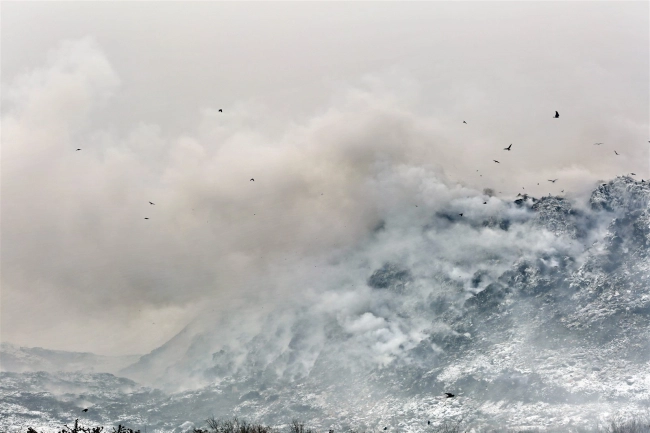
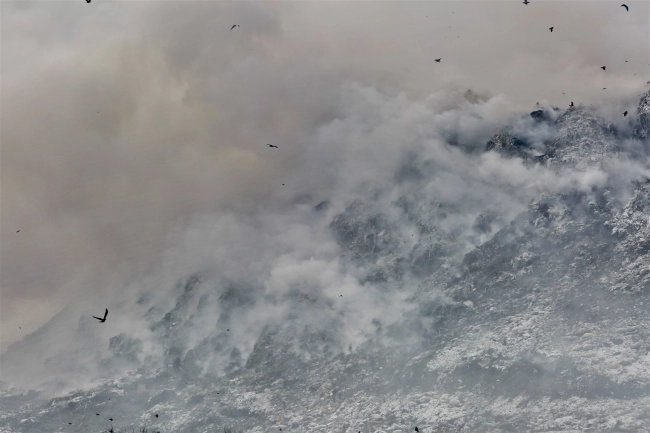
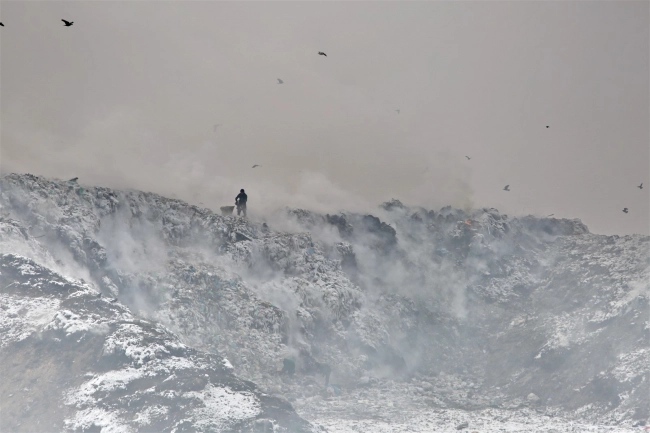
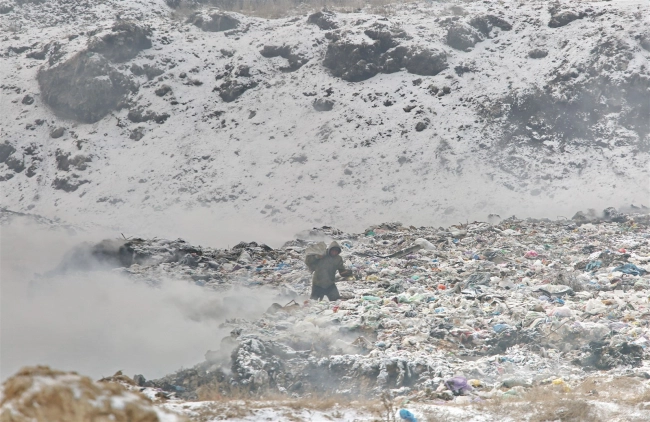

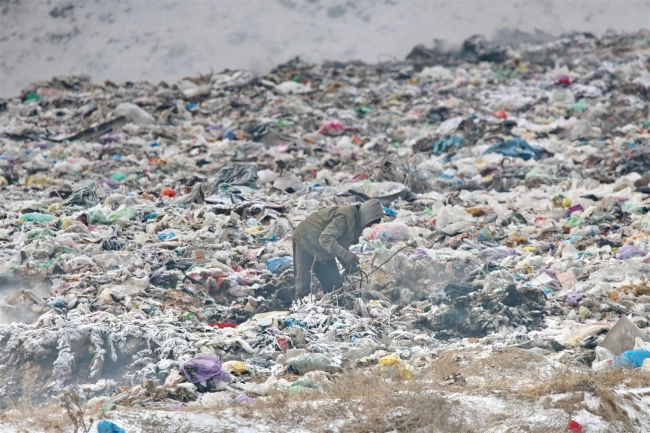

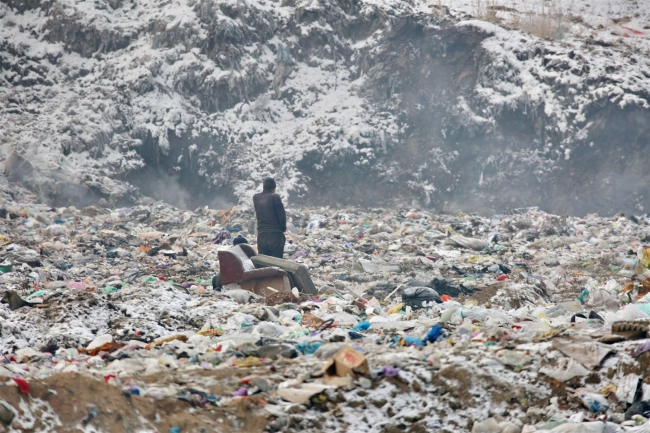
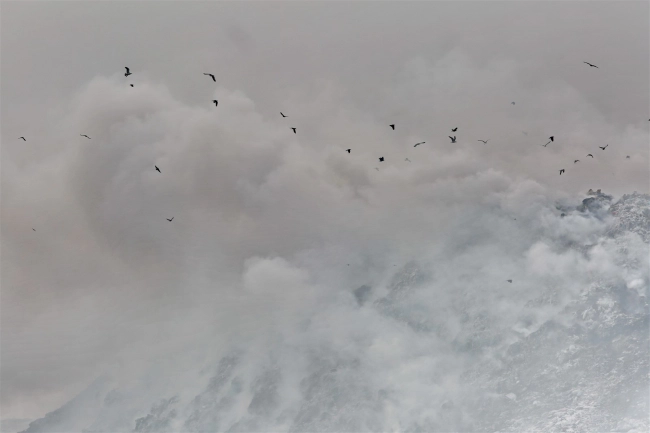

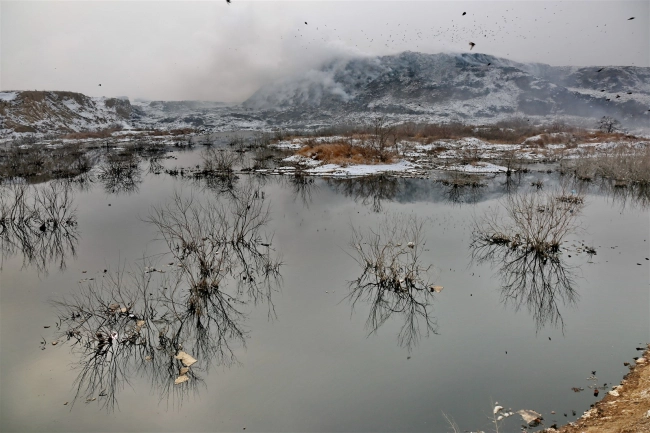
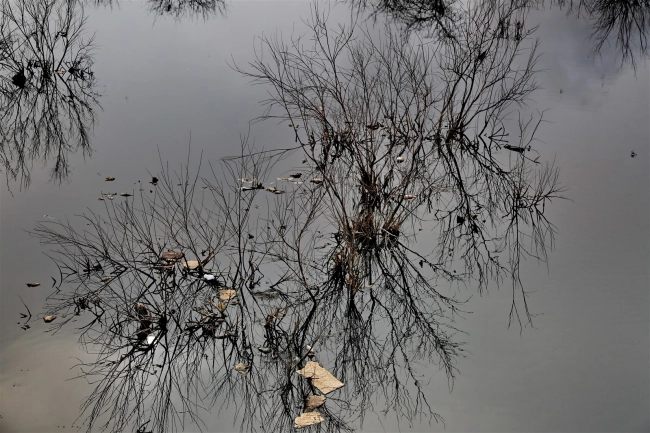
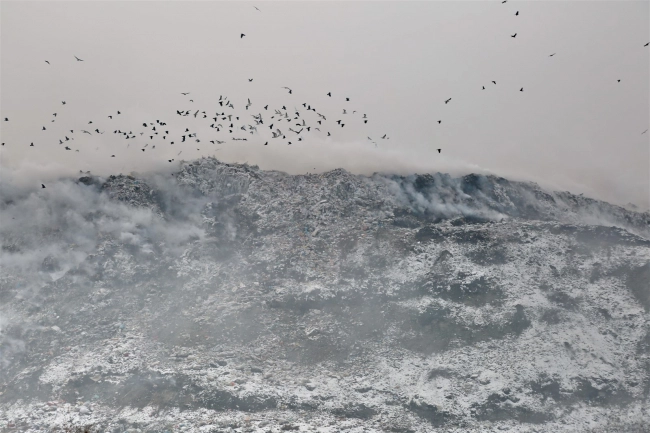
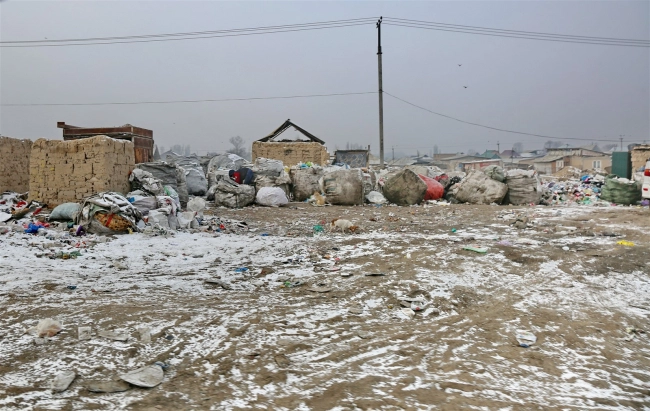

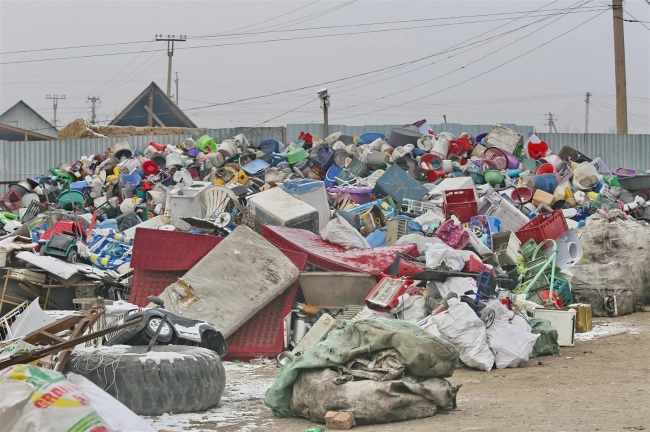
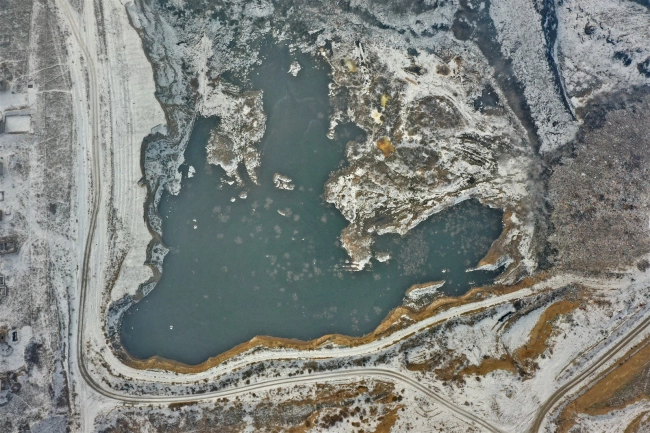
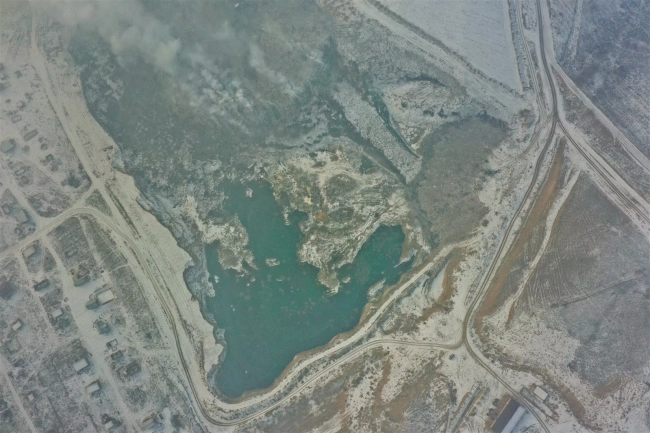
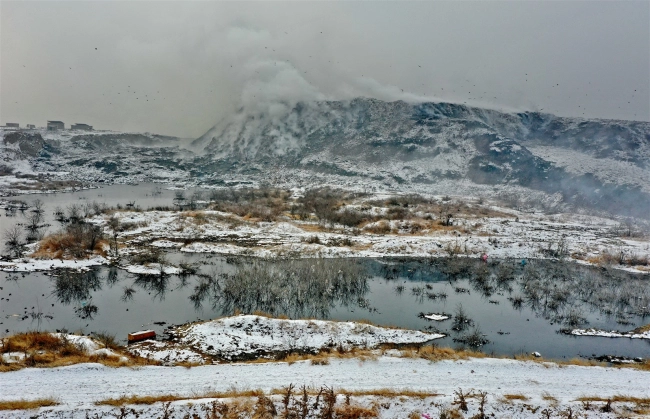


















Attention: Information based on submitted complaints